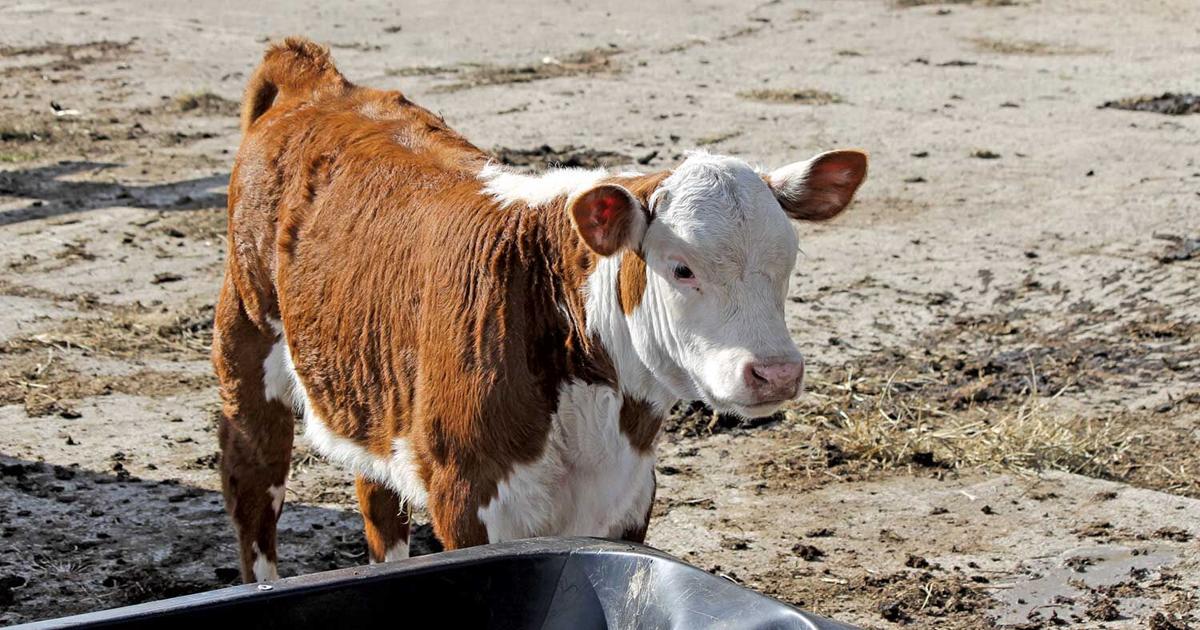Caring for fall-born calves is not much different from caring for spring- or winter-born calves, but there are subtle management changes that can help these calves thrive.
One of those differences is nutritional requirements, says Patrick Wall, a beef specialist at Iowa State University. Fall-born calves, unlike spring-born calves, must go through the winter feeding season before weaning.
You might want to look into something like creep feeding, Wall says. Remember to feed cows and calves during the winter.
For some, she says, a fall birth can mean anyone born between August 1 and December 31. Managing calves born in August will be different than managing calves born in the fall or winter, Wall says.
He says there is a big difference between calves born in August and calves born around Thanksgiving. You’ll run into problems later in the fall, but you don’t really have to worry too much about it in September and October.
For calves born in late August or early September, Wall says the biggest challenge is dealing with heat and flies. Scaling may also be a concern, he adds.
Producers who are breeding their own replacement heifers will have to put them through two winters before money comes in for those cows, Wall says.
He says that the quality of feed should also be considered.
“You’re probably going to need a lot more delivered feed because the intake is so high,” Wall says. There isn’t much grass left in October and November, so those calves don’t have much time to eat grass before they are weaned. They cannot take advantage of the lush spring growth we have.
People also read…
Calves born in the fall need creep feed not only for growth, but also for warmth.
“If these calves get more energy, they stay healthier,” Wall says.
If you’re feeding in a paddock, make sure there’s enough feed for the cow and calf, he says.
Wall says vaccine protocols are pretty much the same regardless of when the calf is born.
Jordan Thomas, extension beef specialist at the University of Missouri, says raising fall calves through the winter may be more of a challenge this year due to drought conditions.
He says feed is limited, both in terms of quality and quantity.
If feed is short, you need to feed more hay or reduce the number of cows, Thomas says. Take a look at the quality of the available feed. You may have standing grass growth that is of poor quality, so you will have to supplement energy for your cows as they are at their peak nutritionally.
Calves born in August are likely to face heat challenges, he says. Producers should make sure cows have access to water and shade, Thomas says, adding that they should be on the lookout for any signs of heat stress.
Keeping pasture density low allows more air to move through the pasture, further reducing the risk of heat stress, he says.
Higher numbers can also cause disease problems, Thomas says.
Stay on top of that swing frequency, he says. Keep those cows moving.
#Nutrition #changed #manage #fall #calving
Image Source : agupdate.com

